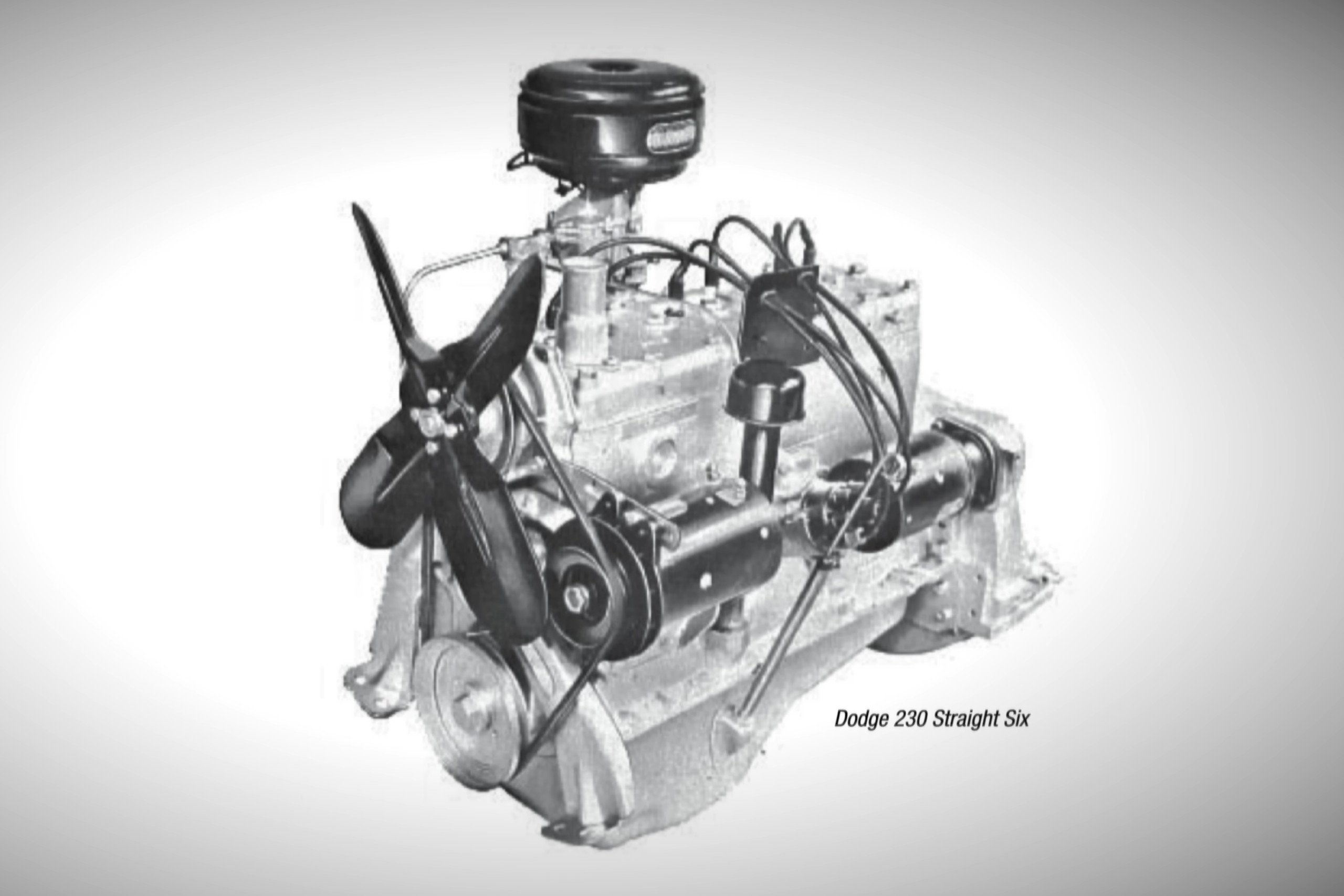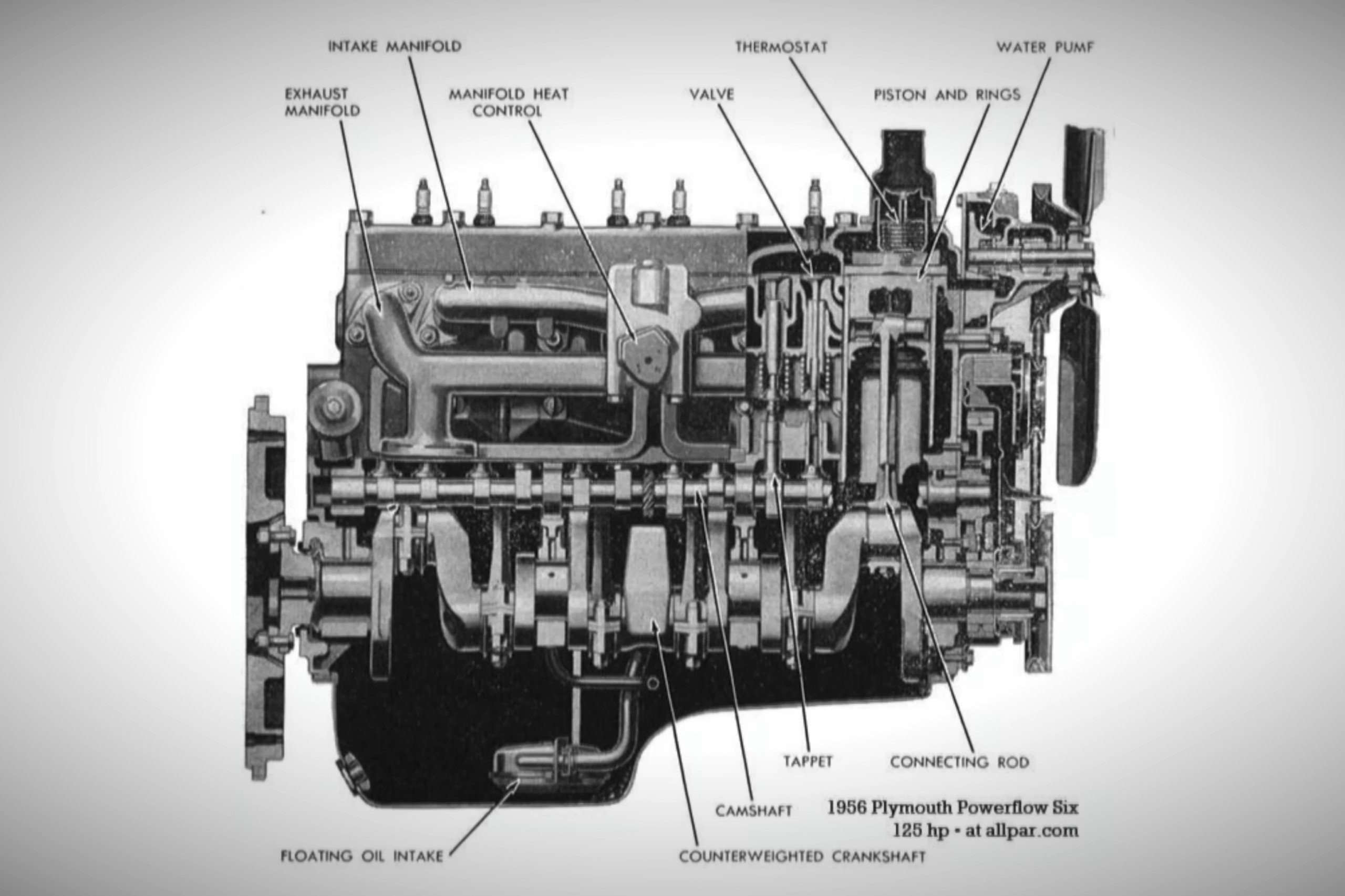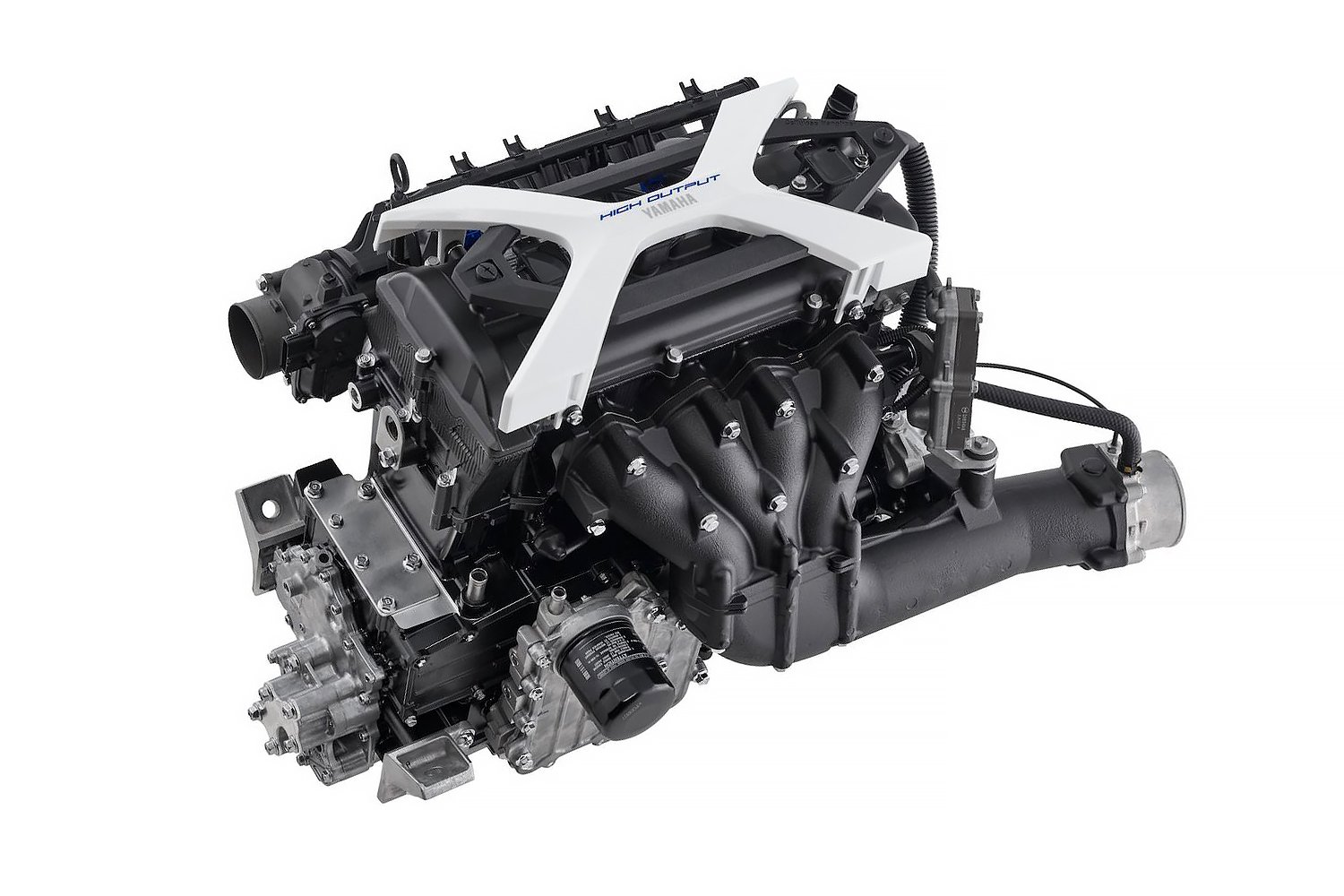It’s no secret that wartime accelerates innovation, and oftentimes removes some of the barriers that would otherwise hamper some of the more “out there” designs. The Chrysler A57 Multibank engine is exactly one of those weird wartime creations.
On the surface, the 30-cylinder engine appears to be a six-row radial engine. However, upon closer inspection, it can be seen that it is actually five inline-six-cylinder engines arranged around a central crankcase, in a variable angle arrangement that vaguely resembles the top half of the cylinders of a radial engine. Starting with a quintet of Chrysler 251 flathead engines, with their heavily undersquare 3.438-inch (87.3mm) bores and 4.500-inch stroke, the engines combined for a total displacement of 1253 cubic inches (if we remove the rounding errors from the standard “251” designation) or 20.5 liters.
The engine the A57 Multibank is based on is the Chrysler 251 flathead straight-six-cylinder engine. The base engine came with 250.5 cubes of displacement, a 7.0:1 compression ratio, and 114 to 120 horsepower.
While the 251s, with their 7.0:1 compression ratio, were rated somewhere between 114 and 120 horsepower in automotive form, putting five together didn’t septuple the power output. Rather, because of detuning and a 6.2:1 compression ratio, ostensibly for use with wartime battlefield fuels, the total output of the A57 peaked at 445 horsepower and a stout 1,060 lb-ft of torque at 2,400 rpm. Not bad for an early 1940s engine, but it came at a huge cost, weighing in at over 5,000 pounds for just the engine, thanks to its gratuitous use of cast iron.
The A57 Multibank featured a single-barrel carb for each bank of six cylinders, originally sitting near each bank. But that was soon altered to place all five carburetors grouped together. A single pair of oil pumps — one scavenge pump and one pressure pump — kept the beast oiled, while it took a while for them to do the same with the water pumps. Originally the A57 had five separate belt-driven water pumps before engineers came up with a single pump that fed the five banks individually and was run off a jackshaft and gear drive.
Here you can see how the five engines were joined. the unique configuration wasn't a radial engine, nor was it a "W." It wasn't even a W on top of an H, since the bottom engines still had a slight angle upward from horizontal. It made for a compact, if not heavy, design that was able to still move a tank, even with 40-percent of its 30 cylinders out of commission.
While this might all sound like a wild idea that never really made it past the prototype phase, it surely did, and in short order. The engine was in full production less than a year after the idea was put onto paper, and lasted for almost 10,000 units. 7,500 of the A57 Multibank engines were put into M4 Sherman tanks directly off the production line, while the remaining were held in reserve as spares.
According to reports, the engine was a solid workhorse that performed its job admirably. Even said to be able to lose 40-percent of its cylinders and still keep the tank going. It appears that, sometimes at least, thinking outside the box pays off in a big way.








